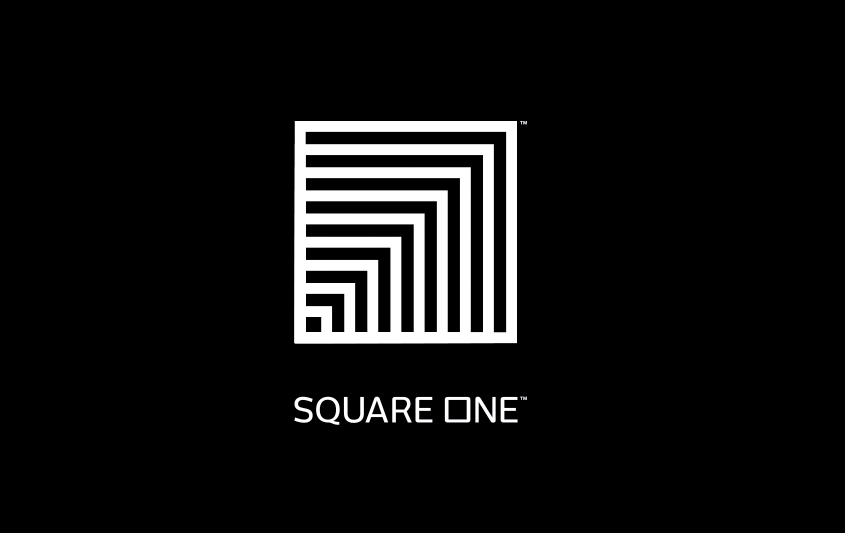Square One: How Yearbooks Take Shape
He stood on the workshop stage talking about his calling of putting “souls on paper,” and then explained a simple methodology for allocating the real estate of a yearbook spread, providing more opportunities for those soulful stories to emerge.
He is Steve Kent, our Herff Jones yearbook representative and consultant in Roanoke, Va., and the approach he discussed is something he named Square One.
“It’s about turning zeros into ones,” Steve said several times in his presentation referring to students with zeros next to their names in coverage reports.
Those students’ hearts will sink when they turn to the indices in the backs of their yearbooks and discover their only contributions to the book – and of the year as recorded – was sitting for a portrait. A mention elsewhere, and an additional page reference beside their names, tells them they were part of something. Part of the community. Part of the year in the history of their schools.
A logical – and easy – formatting approach for placing photographs and words on pages, Square One is based on reimagining the “architecture” of pages into a modern grid. This grid allows for both interchangeable modules of content and separation space between them, if the staff so chooses.
Many high-profile yearbook staffs have been using grid-based formatting for decades. Review the pages of a Crown winner from the Columbia Scholastic Press Association or a Pacemaker winner from the National Scholastic Press Association, and you’ll see a dedication to souls on paper that has won awards. But what makes Square One a breakthrough is its ease of use, its focus on getting more and more students onto pages and the speed with which contemporary spreads can be created. Its ease and speed free staff members to explore more stories, more photographs, more facets of the story of the year and to tell that story through more voices than ever before.
To say “we’re changing how yearbooks take shape” is a bold statement, and Herff Jones embraces it.
We’ve leveraged our network of staffs, gained input and tested this approach for years before launching it today, May 1, 2017.
We are taking the benefits of grid design to our international family of schools. We have enabled our industry-leading eDesign online program to embody this grid, this architecture. Herff Jones’ staffs may now select the Swiss grid while setting up their books in eDesign, or download formatted templates for InDesign.
And, just like that, the contemporary architecture is in place!
Staffs using eDesign or InDesign may choose from our libraries of pre-built, interchangeable modules or create their own.
New advisers will find in Square One the confidence they need to begin, and veterans looking to change things up will find a refreshing approach with which to inspire their staffs.
In spring design clinics and workshops, an army of Square One “evangelists” is ready to share this approach. From the islands of Hawaii, across the Great Plains to the southern-most beaches of Florida, excitement is growing for Square One.
Nath Kapoor, a sophomore and editor-in-chief at Eastside High School in Taylors, S.C., said, “An ‘aha’ moment occurs when the jumble of picas and gutters and modules and white space comes together to form a well-designed page so the stories about people who matter in your community can shine.”
Nath’s “stories about people who matter in your community,” is another way to describe what Steve Kent’s calling to put “souls on paper.”
The real estate on the page, the grid, the mods, the materials and surrounding support are all instruments for including more students in the yearbook more times.
Sharing meaningful stories and capturing “souls on paper” is why so many yerds and advisers love what they do. Those tasks can be easier when you start with Square One.
- Adviser Takeover: I didn’t know that I didn’t know. - September 23, 2023
- STAFFER TAKE OVER: eDesign Sticky Notes Make Editing Easy - September 11, 2023
- ADVISER TAKEOVER: How to Involve Your School Community in YBK Sales - September 1, 2023



